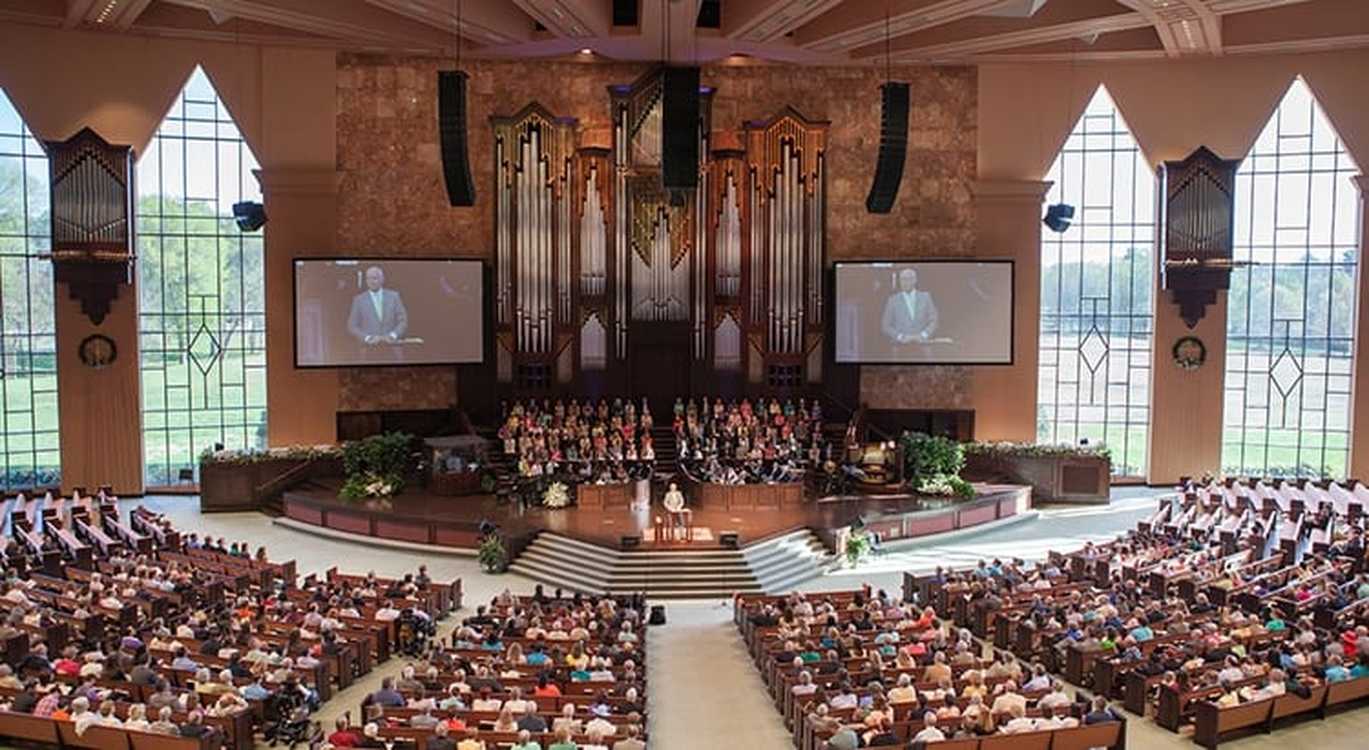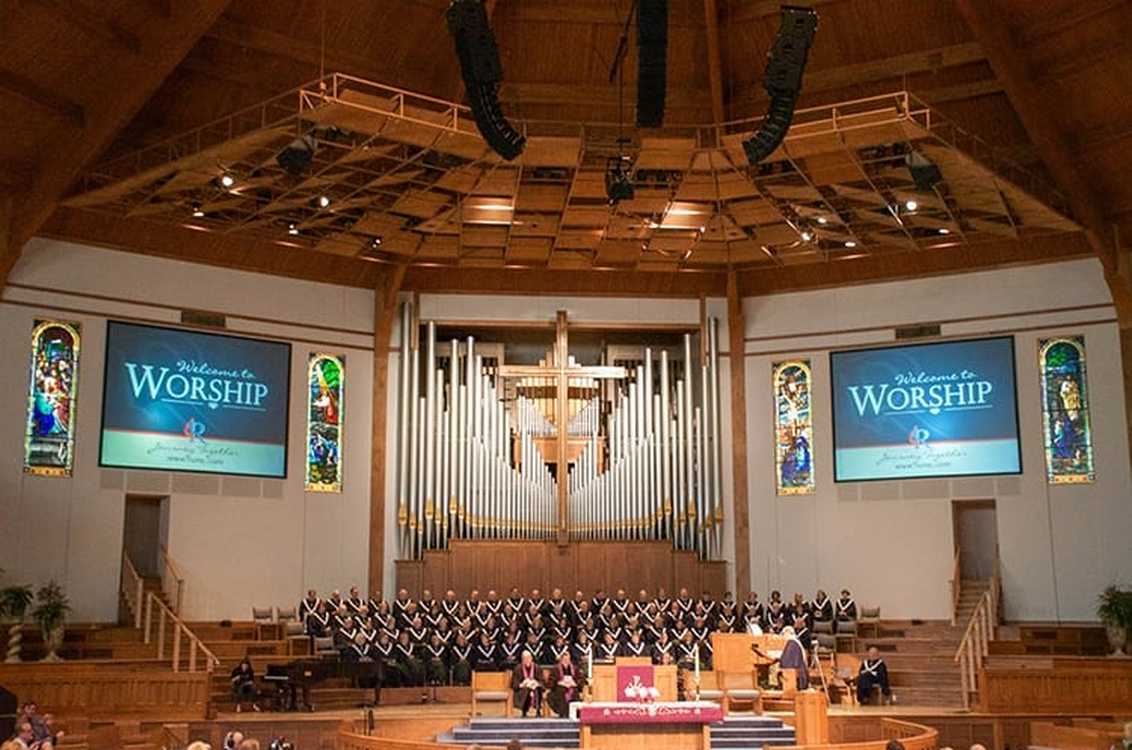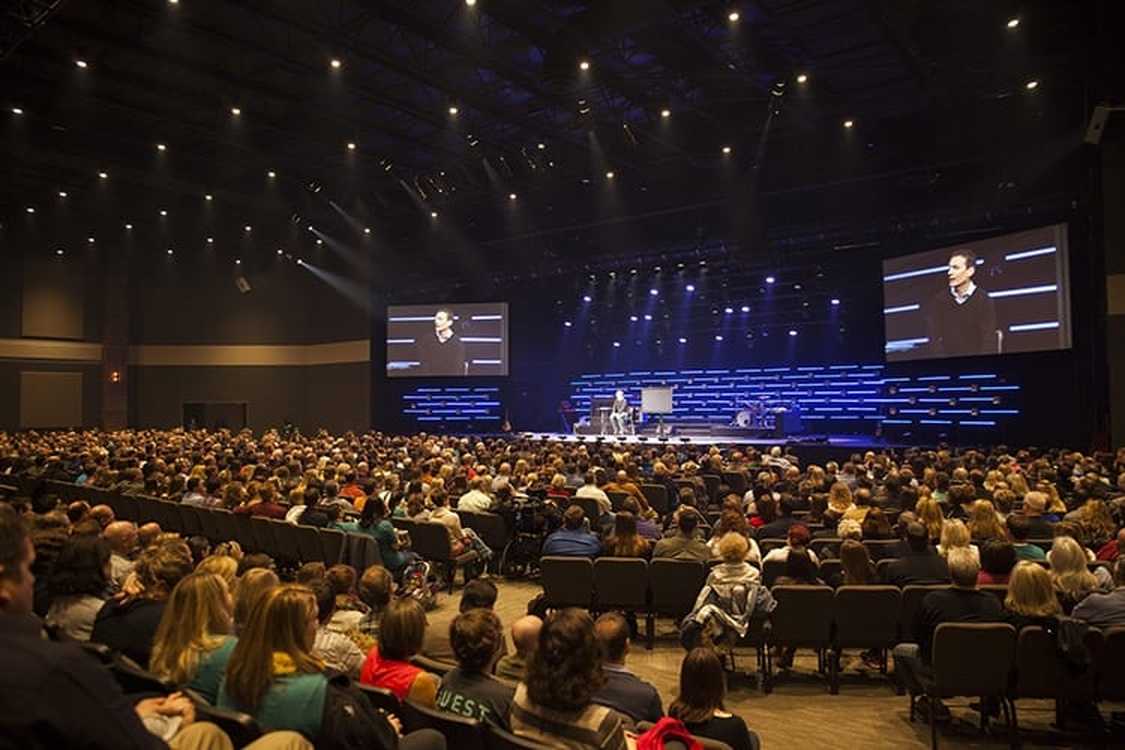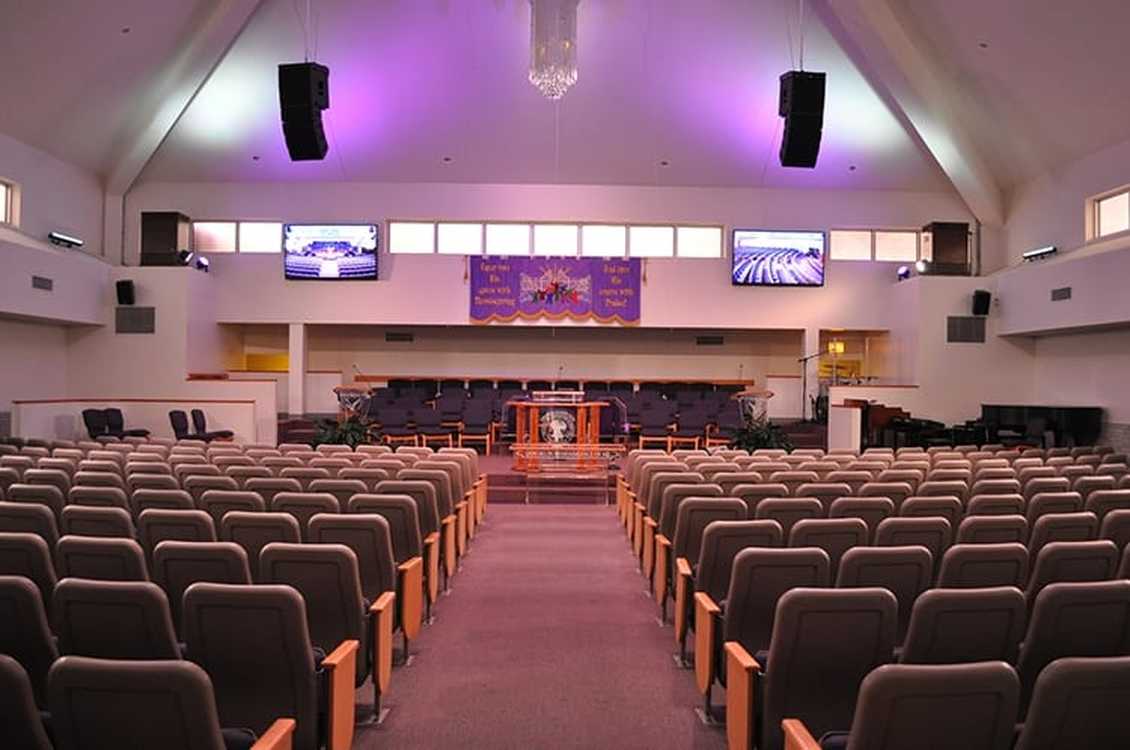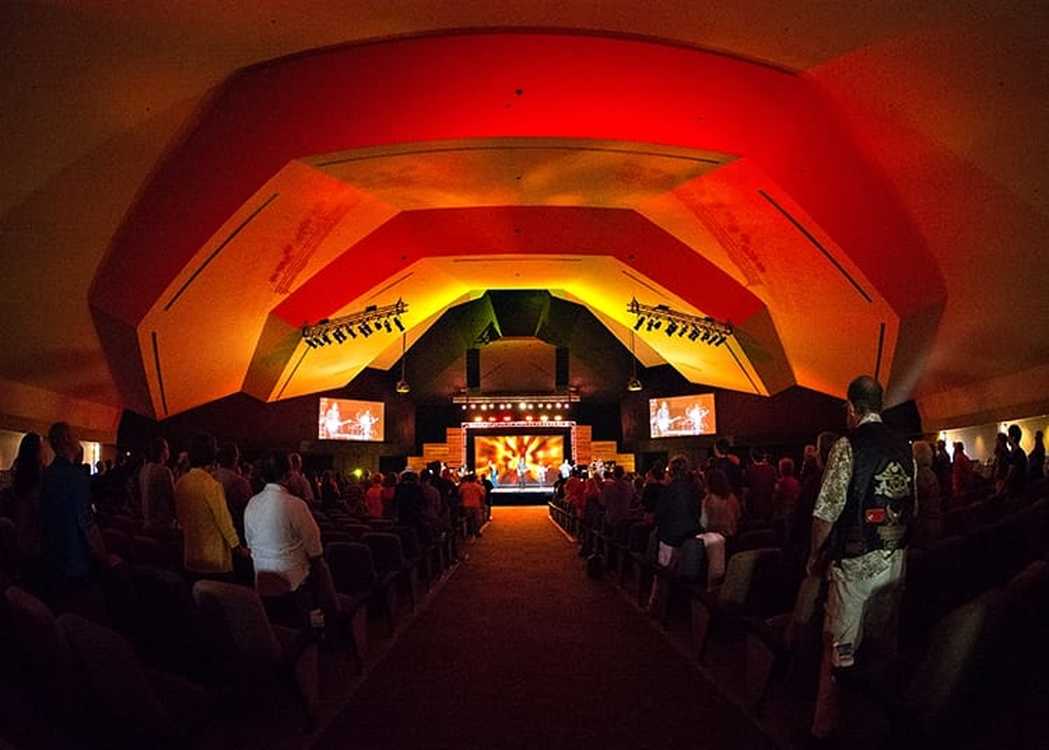ROBIN DIBBLE SOUND ADVICE FOR HOUSES OF WORSHIP
We asked Robin Dibble, one of our product support engineers, for his thoughts regarding sound design for houses of worship.
1. What do churches need to consider before purchasing a loudspeaker system for their worship space?
Ensure you know exactly what you need, and what your expectations of the new system are. This includes not only what you expect in terms of performance from the system (usually defined by the worship style of the church) but visually and physically.
Usage is important not only from the point of view of knowing if the new system needs to amplify a full electric band or a choir and speech, but more practical considerations. Where celebrants, pastors or leaders speak from, do they walk around the church, are there processions in the worship service? All of these factors provide clues for your chosen consultant or integrator.
If the Church is a new build, engage the consultant or integrator early on in the process, this will allow the system to be more fully included in the space, both in terms of physical provision for equipment and aesthetically.
If the new installation involves a re-cabling, or it is a completely new installation, think about the future. For example, ensure that each loudspeaker location has not only audio feeds, but data and power provision too – in the future, you may be using networked loudspeakers.
2. What are the latest trends in the industry?
More and more manufacturers are incorporating the amplifiers in the loudspeaker cabinets. This has several significant benefits, the most salient being that this way amplifiers can be optimised to get the very best from the loudspeaker cabinet, rather than being a generic product. All necessary loudspeaker processing and protection is preset onboard, therefore all that is needed in external processing terms are delay and room EQ.
This also removes the need for heavy speaker cable, and the inherent losses than exist in a long speaker cable run – all of which adds to improved system performance. Less space is needed for the rack room – no amplifiers to house and no concentration of heat output so smaller ventilation or air conditioning requirement in the rack room too, reducing costs.
3. From the Martin Audio range, what are your recommendations?
This year we have launched our new CDD loudspeaker range. This embodies our latest technological development, Coaxial Differential Dispersion. This gives more consistent coverage across more of the worship space, uniting the congregation in a consistent sound field of high quality audio. Whether it's as a front fill, youth room, lobby or main auditorium installation, CDD is a one stop solution with six two-way full-range systems complemented by high-performance subwoofers.
We also have our unique Multicellular Loudspeaker Array (MLA) technology, which allows us to achieve astonishing results, even in challenging acoustic environments – allowing us to control where we want the sound to go (over the congregation) and away from the areas we don't, like reflective walls.
4. When should a worship facility update its loudspeakers?
When they no longer meet the needs of the church, through changes in worship style or room layout, or when the existing equipment is not proving reliable. If every member of the congregation cannot hear clearly, and have an uplifting worship experience, it is probably time to go shopping!

